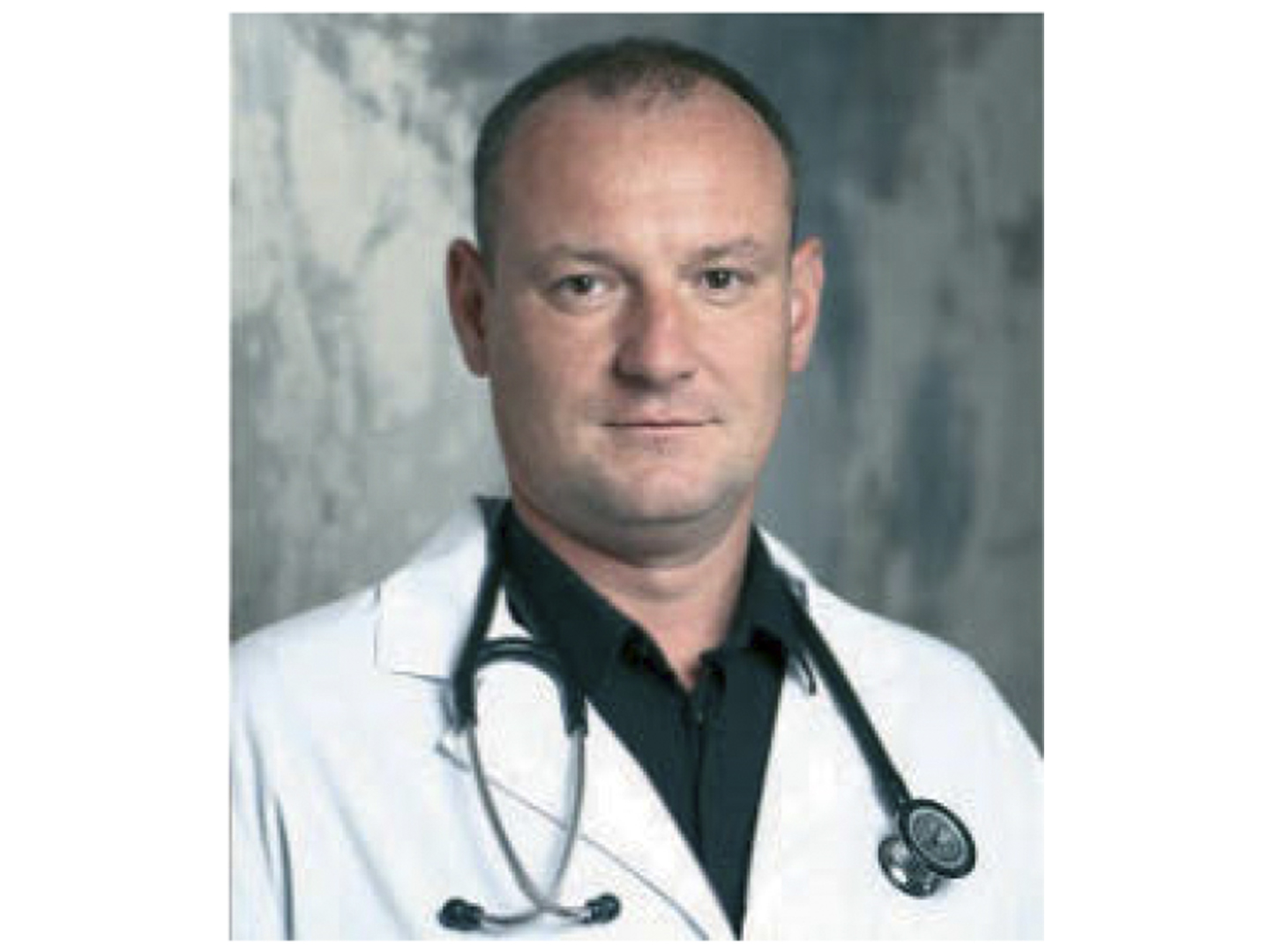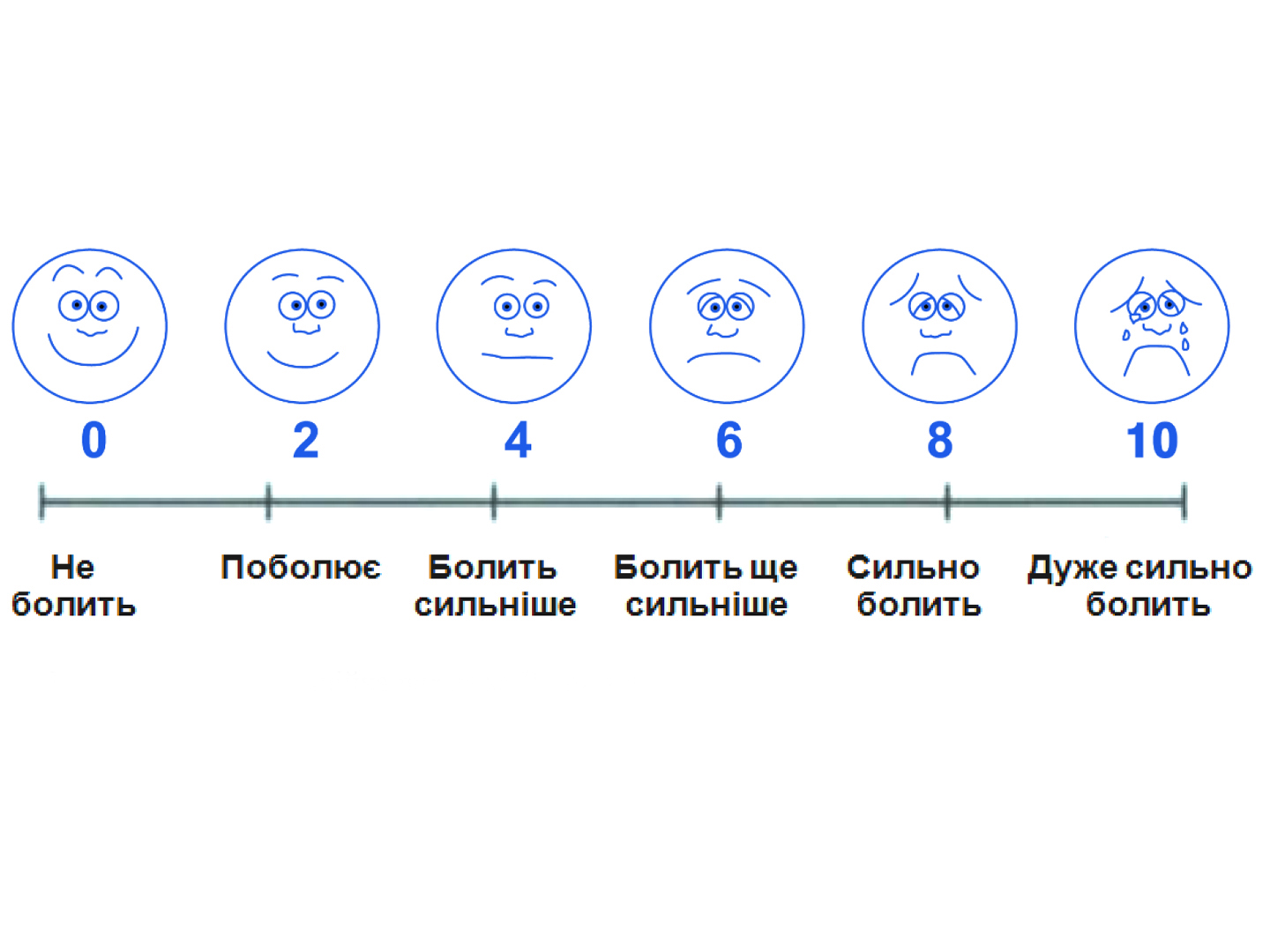The use of hyaluronic acid derivatives in the treatment of long-term non-healing wounds Systematic review and meta-analysis of RCSs (randomized controlled studies)
Boston University School of Medicine (Boston, Massachusetts, USA)
J. Voigt and V. R. Driver from Boston University School of Medicine (Boston, Massachusetts, USA) have conducted a systematic literature review and meta-analysis of randomized controlled study results (RCS), which confirmed the effectiveness of drugs based on hyaluronic acid (HA) in the treatment of long-term non-healing wounds, including: in diabetes mellitus (DM), neuropathic and chronic venous insufficiency (CVI). Compared to conventional therapeutic approaches and placebo treatment on the background of HA application these patient categories had either complete healing or significant reduction of wound defect sizes. Please find below the review of the article written by above-mentioned authors.
In the early 90th of the last century scientists had discovered the mechanism of HA binding to benzyl alcohol (esterification process), which allowed to use it in humans in such forms as tampons and films, without losing the unique properties and functions. Since then HA and its derivatives are used for the treatment of cutaneous and subcutaneous wounds of various aetiologies.
As HA is a hydrophilic compound, it can be considered as a biological lubricant. According to the RCSs the use of HA drugs for intraarticular injections (in the knee and ankle joints) in osteoarthrosis, after arthroscopy, as well as in other lesions of the joints accompanied by sustained pain relief and improvement of function compared to anti-inflammatory therapy with corticosteroids, non-steroidal anti-inflammatory drugs and placebo (administration of saline solutions). Given that HA activates tissue hydrodynamics (including movement of cells), membranes based on it reduce the incidence and severity of adhesive processes in abdominal surgery.
HA is a polysaccharide, which is included in the connective, epithelial and neural tissues of the body. HA, involved in cell proliferation and migration, performs two important functions in wound healing. Firstly, it provides formation of temporary matrix in fresh wound, which promotes the diffusion of nutrients and wound cleansing from products of cellular metabolism. Secondly, HA is actively involved in the proliferation and migration of keratinocyte that make up the basic mass of the epidermis. Ultimately, this temporary structure is replaced with wound contraction by protein molecules – proteoglycans (providing tissue hydration and swelling pressure, preventing compression forces) and collagen. Since HA is hygroscopic macromolecule, it has a high osmolarity, which allows to control the hydration during phases of wound healing and related inflammatory reaction (when HA levels are increased). The presence of increased HA content during this process also has particular importance for cell proliferation and migration. Partially due to the presence of HA the cell fixation to the extracellular matrix is weakened, leading to detachment, facilitation of their migration and division.
HA degrades with the maturation of granulation tissue, an increasing number of protein molecules is produced under reduction of its level. Proteins bind to HA for transformation into proteoglycans, extension of wound healing process and increase of tissue elasticity. Water weight that is absorbed by HA molecule can exceed its own weight in 3 thousand times. Therefore, as previously mentioned, HA is an important tissue hydrating agent.
The purpose of this research was to study the outcomes of treatment of long-term non-healing wounds with drugs based on HA and its derivatives compared to other therapeutic methods or placebo.


